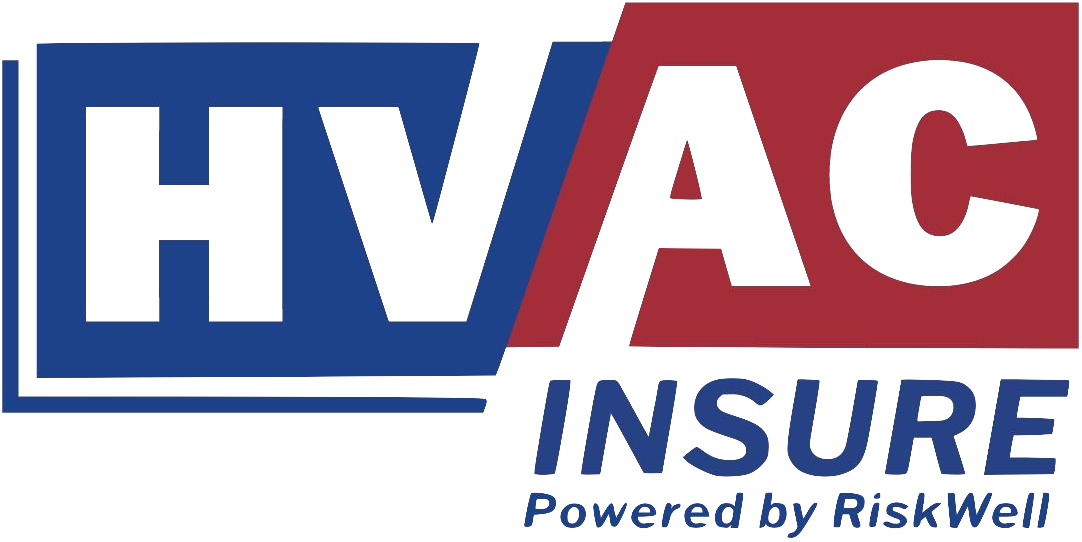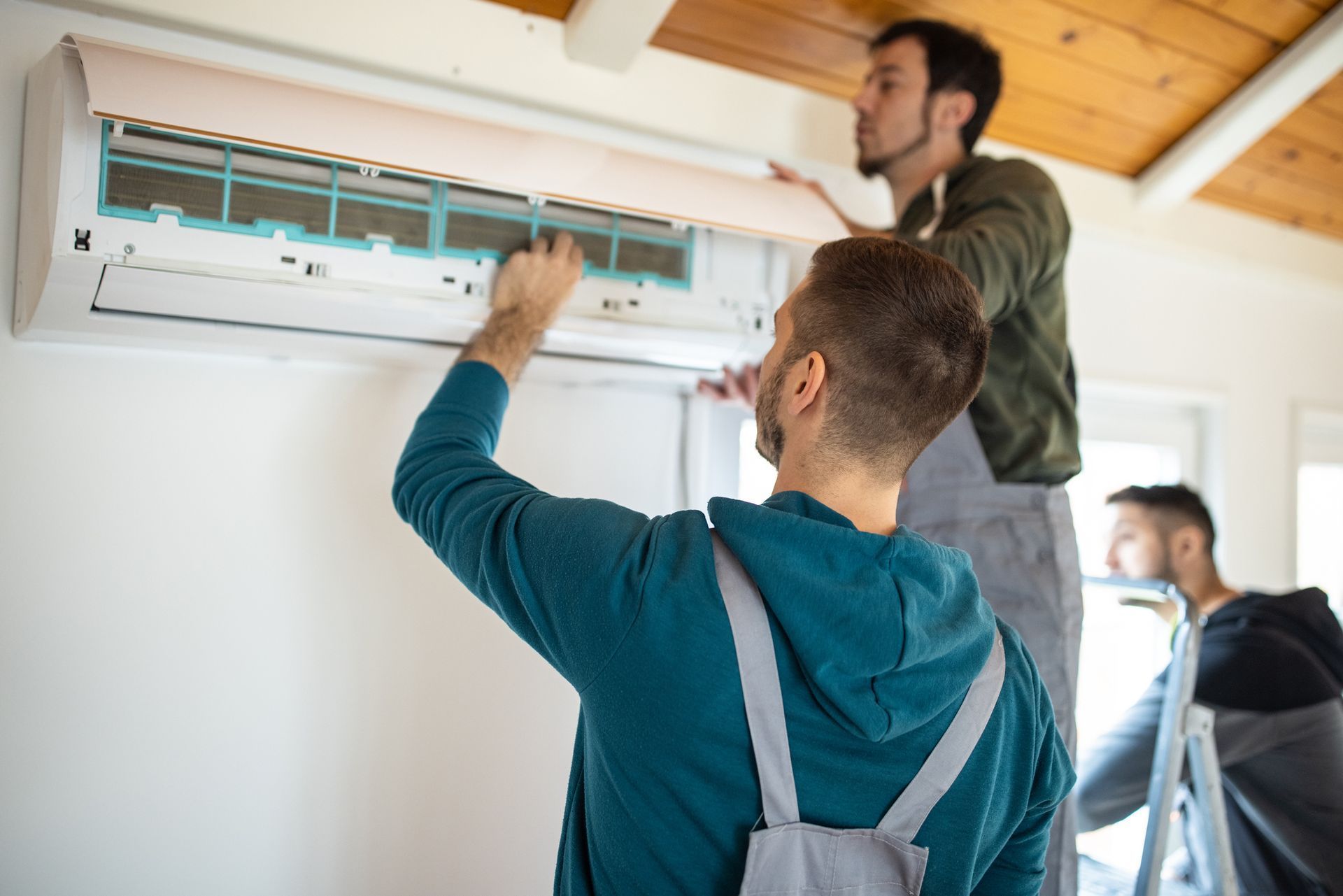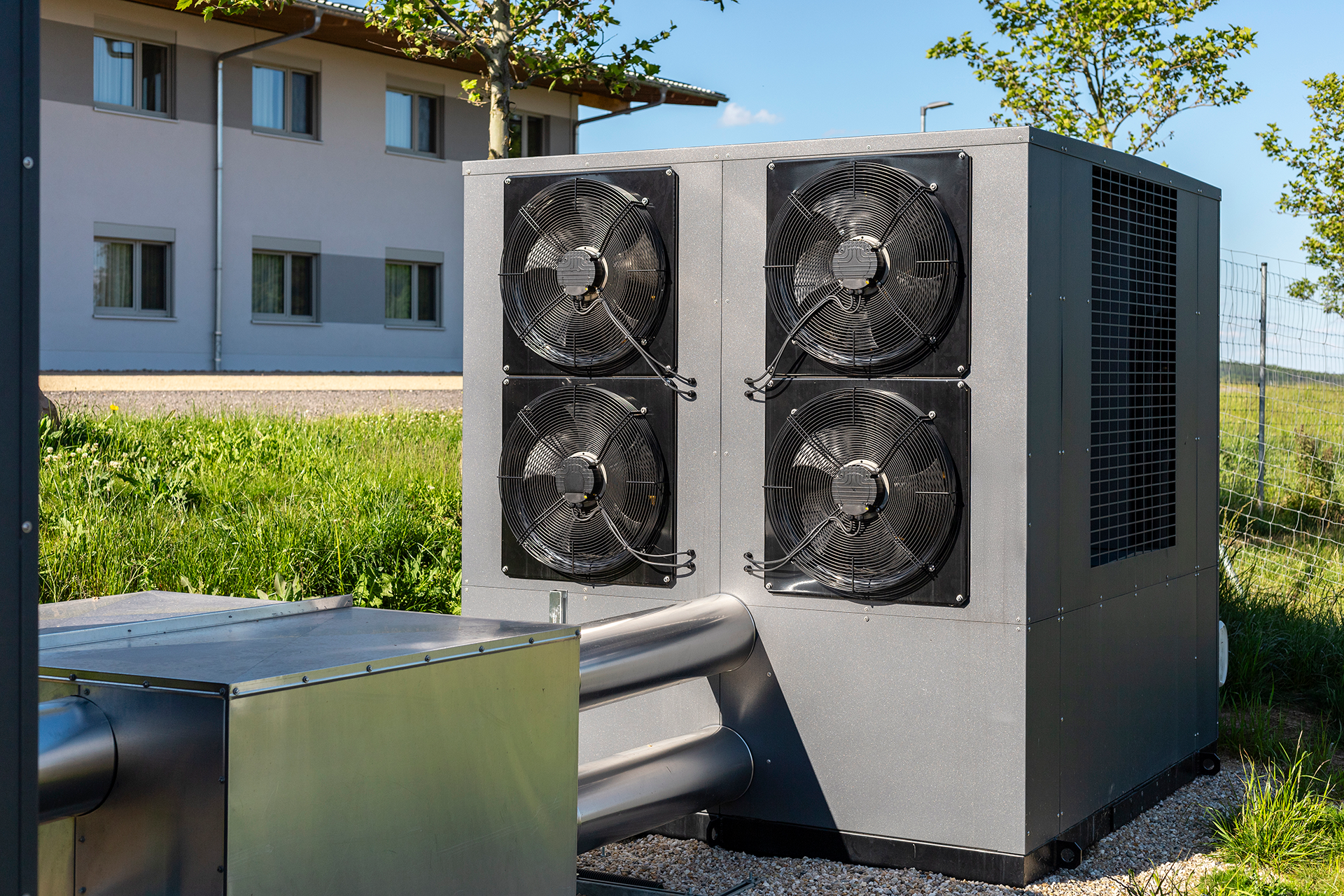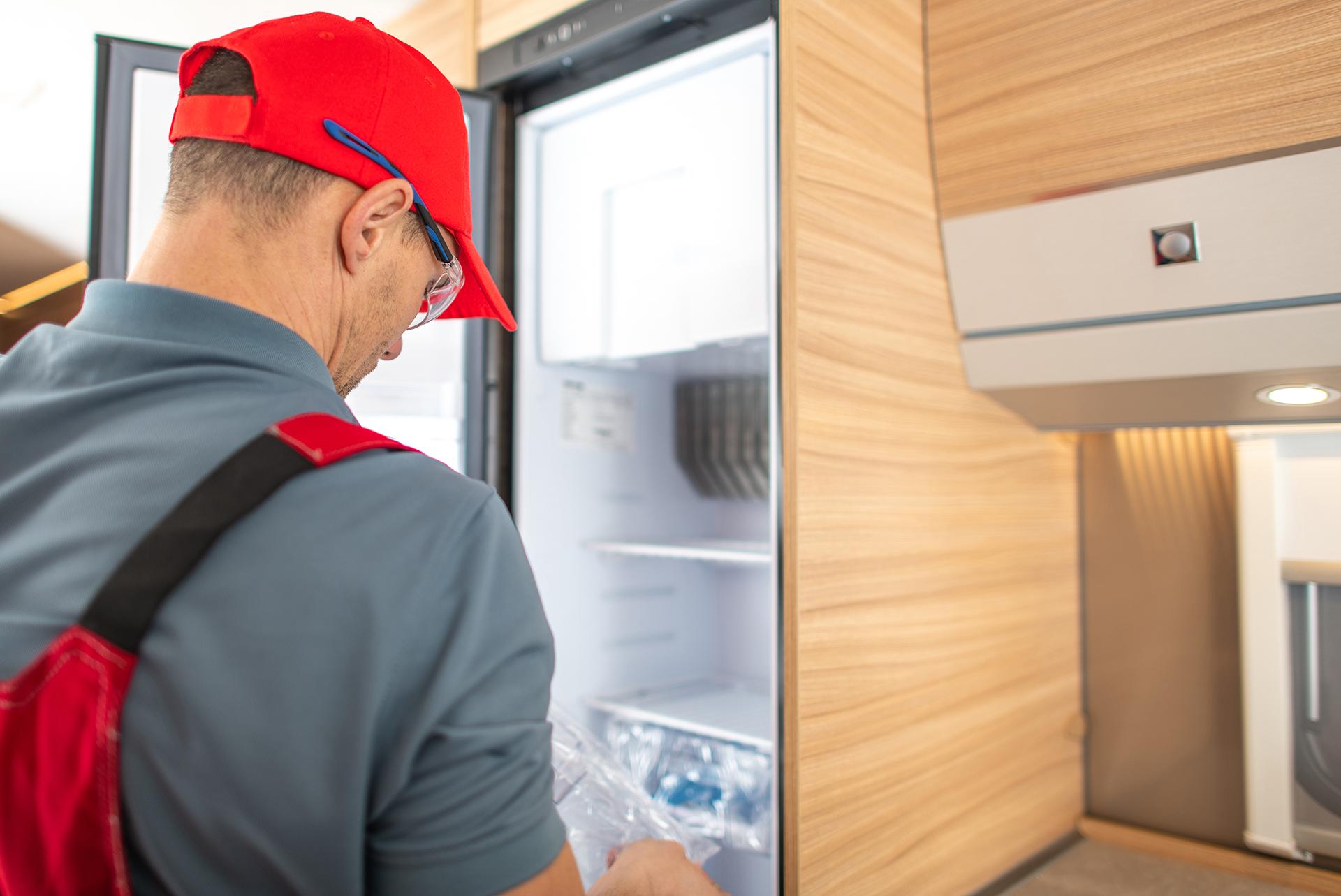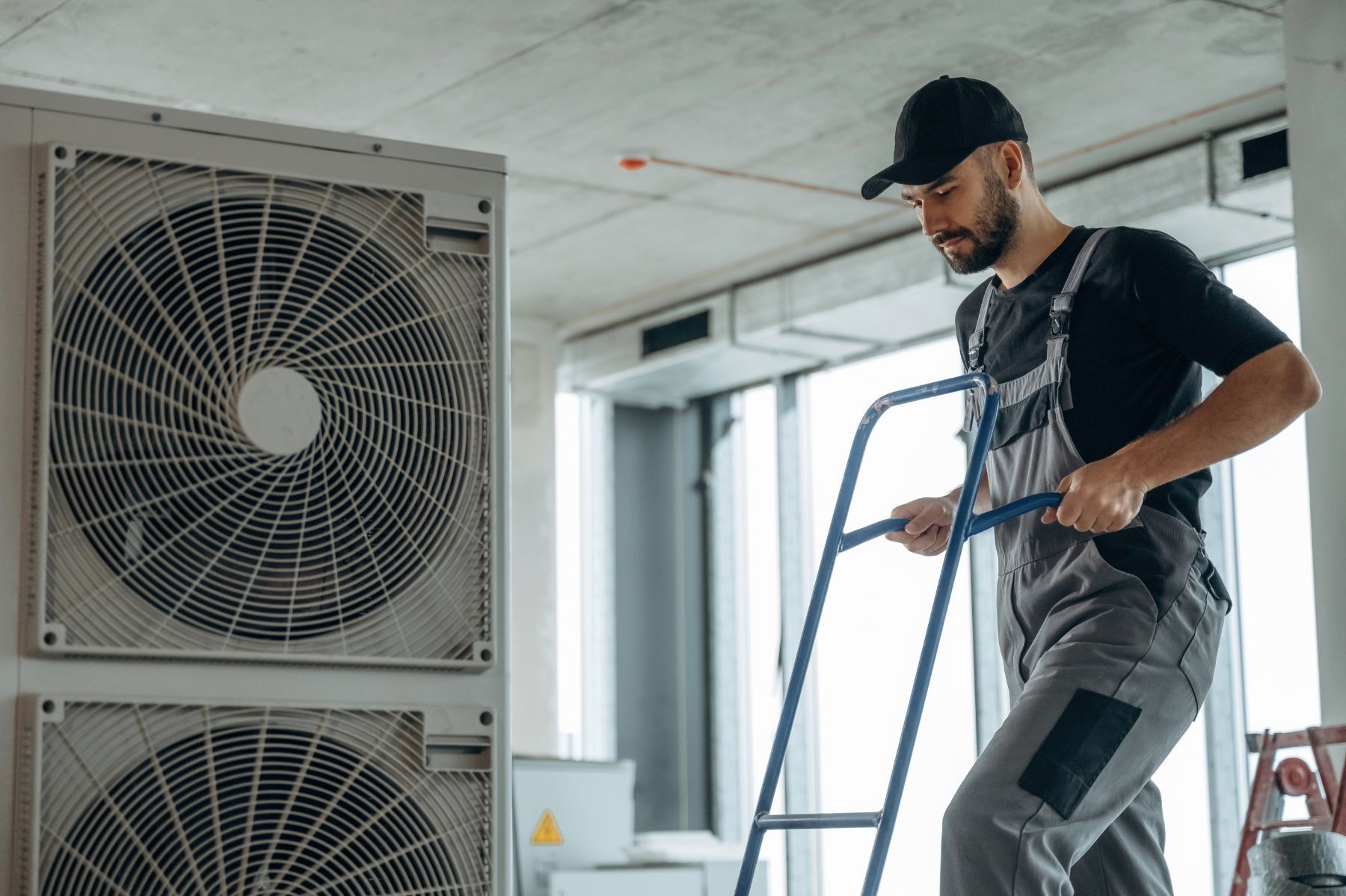When mechanical insulation contractors step onto a job site, they face a unique set of risks. From handling specialized materials to working in tight spaces around complex HVAC systems, the potential for costly claims is real. With the HVAC industry projected to reach a market size of $94.71 billion by 2030, growing steadily at a 6.28% annual rate, the stakes for contractors and their insurers are higher than ever according to FieldFactor.
Insurance for mechanical insulation contractors is not just about meeting legal requirements. It’s about protecting your business from financial setbacks that can arise from accidents, property damage, or environmental factors. This article breaks down the key insurance options available, explains why they matter, and offers insights into how the evolving market impacts coverage choices.
Why Mechanical Insulation Contractors Face Distinct Insurance Challenges
Mechanical insulation contractors operate in a niche that intersects with HVAC, construction, and environmental compliance. This combination creates specific insurance needs that differ from general contractors or other trades.
One major factor is the rising cost of equipment and labor. Curt VanNess, Technical Director for HVACi, points out that as these expenses climb, insurance settlements become more costly, making accurate damage evaluations essential to avoid paying too much or too little on claims according to HVACInsure. For mechanical insulation contractors, this means that even small errors in estimating damage can have big financial consequences. The complexity of the materials used, such as fiberglass, foam, or mineral wool, adds another layer of difficulty, as each type has its own unique properties and potential hazards. This necessitates a thorough understanding of both the materials and the specific installation processes to ensure that all aspects are covered in the insurance policy.
Another challenge is the shortage of skilled technicians, which the industry expects to reach a deficit of 225,000 workers by 2025. This gap increases operational risks and can influence insurance premiums and coverage availability as noted by HVACInsure. Fewer skilled workers can lead to mistakes or accidents, which insurers factor into their risk assessments. Moreover, the lack of experienced personnel can slow down project timelines, potentially leading to increased costs and further complicating the financial landscape for contractors. As the demand for insulation services continues to grow, the pressure to attract and retain qualified workers will only intensify, making it a critical focus area for businesses in the sector.
Energy Efficiency and Environmental Regulations Add Complexity
Mechanical insulation plays a critical role in reducing energy demand and cutting greenhouse gas emissions. A November 2023 study commissioned by the National Insulation Association (NIA) highlighted how insulation systems contribute to decarbonization goals according to the NIA. This environmental focus means contractors must comply with stricter regulations and standards, which can affect insurance requirements and liabilities. The evolving landscape of sustainability mandates not only requires adherence to existing laws but also necessitates staying updated on emerging regulations that could impact project execution and insurance coverage.
Failing to meet these standards can result in penalties or increased claims, making environmental liability coverage an important consideration for contractors working in this space. Additionally, as clients increasingly prioritize green building certifications, contractors may find themselves needing specialized insurance options that address the unique risks associated with sustainable construction practices. This shift towards eco-friendly initiatives not only highlights the importance of compliance but also emphasizes the need for contractors to be proactive in their insurance strategies, ensuring they are adequately protected against potential liabilities that could arise from environmental claims.
HVACInsure is fully licensed and permitted to sell contractor and commercial insurance in Texas.
We proudly serve clients throughout Texas and maintain partnerships with local Texas insurance carriers to ensure HVAC professionals receive compliant, affordable, and comprehensive coverage that meets project and regulatory requirements.
Key Insurance Coverage Types for Mechanical Insulation Contractors
Understanding the insurance options available helps contractors tailor protection to their specific risks. Here are the main types of coverage mechanical insulation contractors should consider.
General Liability Insurance
This is the foundation of any contractor’s insurance portfolio. It covers third-party bodily injury, property damage, and legal defense costs. For mechanical insulation contractors, general liability protects against claims from accidental damage to client property or injuries sustained on the job.
Given that HVAC claims average between $25,000 and $50,000 each, with over 25,000 incidents annually costing the industry more than $1 billion, having strong general liability coverage is crucial according to FieldFactor. Even a single claim can severely impact a small contractor’s financial health. Additionally, many clients now require proof of general liability insurance before awarding contracts, making it not just a safety net but also a competitive advantage in securing work.
Professional Liability Insurance
Also known as errors and omissions insurance, this coverage protects against claims arising from mistakes or negligence in the contractor’s work. For mechanical insulation contractors, this might include improper installation that leads to energy inefficiency or system failures.
Since mechanical insulation directly affects HVAC system performance and energy savings, errors can have ripple effects, making professional liability a smart investment. Furthermore, as building codes and energy efficiency standards evolve, the risk of non-compliance increases. This insurance can provide peace of mind, knowing that if a project does not meet the required standards due to an oversight, the financial repercussions can be mitigated.
Workers’ Compensation Insurance
With the industry facing a critical shortage of skilled technicians, protecting your workforce is more important than ever. Workers’ compensation covers medical expenses and lost wages if an employee is injured on the job.
This coverage not only supports your team but also shields your business from lawsuits related to workplace injuries. Given the physically demanding nature of mechanical insulation work, this insurance is often mandatory and highly recommended. Moreover, investing in a robust safety program can help reduce premiums over time, as insurers often reward companies that demonstrate a commitment to workplace safety with lower rates.
Environmental and Pollution Liability Insurance
Mechanical insulation contractors may encounter hazardous materials or situations that could lead to environmental damage. Pollution liability insurance covers claims related to pollution caused by your operations, including cleanup costs and third-party damages.
As environmental regulations tighten, insurers are integrating climate risk into their financial assessments, affecting coverage availability and pricing for contractors in this sector
according to HVACInsure. This makes pollution liability coverage increasingly relevant. Additionally, with the growing emphasis on sustainability and eco-friendly practices, having this type of insurance can enhance your reputation among environmentally conscious clients, potentially opening doors to new business opportunities and partnerships.

How Digital Platforms Are Changing Contractor Insurance
Insurance providers are adapting to the needs of small contractors by leveraging technology. Allianz SE recently launched a digital platform that offers instant quotes and policy issuance for basic coverage types, simplifying the buying process for contractors according to Datahorizon Research.
This shift means mechanical insulation contractors can obtain coverage faster and with less hassle, allowing them to focus more on their work and less on paperwork. However, while digital platforms are convenient, it remains important to ensure the coverage matches your specific risks and business size. The introduction of these platforms has also led to a more competitive market, where contractors can easily compare policies and prices, leading to better deals and more tailored insurance products.
Moreover, the digital transformation in the insurance sector is not just about speed; it also enhances transparency. Contractors can now access detailed information about policy terms and conditions, enabling them to make informed decisions. Many platforms also offer educational resources, helping contractors understand the nuances of various coverage options, from general liability to workers' compensation. This increased accessibility to information empowers contractors to negotiate better terms and seek out policies that truly reflect their operational needs.
Balancing Cost and Coverage
Insurance premiums can be a significant expense, especially as equipment and labor costs rise. Contractors must balance affordable premiums with adequate coverage limits. Accurate damage assessments, as Curt VanNess highlights, help avoid overpaying on claims and keep insurance costs in check. Additionally, many digital platforms now incorporate risk assessment tools that allow contractors to evaluate their specific exposure levels, which can lead to more personalized insurance solutions.
Furthermore, the integration of data analytics into these platforms can help contractors identify trends in claims and losses, providing insights that can inform their operational strategies. For instance, understanding which types of claims are most frequently filed can prompt contractors to implement preventive measures, ultimately reducing their risk profile. This proactive approach not only aids in lowering insurance costs but also enhances overall business resilience, ensuring that contractors are better prepared for unforeseen challenges in their projects.
Common Risks Driving Claims in Mechanical Insulation
Understanding what causes claims can help contractors manage risks and choose the right insurance. HVAC-related claims often stem from property damage, workplace injuries, and environmental incidents.
One cautionary tale involves a $30,000 refrigerant spill that left a contractor uninsured and forced the business to close according to FieldFactor. This example underscores the importance of comprehensive coverage that includes environmental risks.
Other common claims include accidental damage to client property during installation or maintenance, and injuries from falls or equipment handling. Contractors who train their teams well and maintain safety protocols can reduce these risks significantly. Regular safety drills and thorough training sessions not only enhance team preparedness but also foster a culture of safety that can resonate with clients, showcasing a contractor's commitment to professionalism.
Energy Efficiency and Liability
Mechanical insulation contractors also face liability related to energy performance. Improper installation can lead to higher energy consumption and client dissatisfaction. This risk ties back to the importance of professional liability insurance.
Moreover, the increasing emphasis on energy efficiency in building codes and regulations means that contractors must stay updated on best practices and technological advancements. Failure to adhere to these standards can result in costly rework and damage to a contractor's reputation. Clients are becoming more educated about energy efficiency, often seeking contractors who can provide not only quality workmanship but also innovative solutions that align with sustainability goals. This shift in client expectations highlights the need for contractors to invest in ongoing education and training, ensuring they are equipped to meet the evolving demands of the market.

Insurance Coverage Comparison for Mechanical Insulation Contractors
| Coverage Type | What It Covers | Why It Matters | Typical Claims |
|---|---|---|---|
| General Liability | Bodily injury, property damage, legal defense | Protects against common job site accidents and damage | Client property damage, slip-and-fall injuries |
| Professional Liability | Errors, omissions, negligence in work | Covers faulty installations affecting system performance | Energy inefficiency claims, system failures |
| Workers’ Compensation | Employee injury medical costs and lost wages | Supports injured workers, prevents lawsuits | Falls, equipment injuries |
| Pollution Liability | Environmental damage and cleanup costs | Addresses risks from hazardous materials and spills | Refrigerant spills, contamination |
Understanding the nuances of each type of insurance coverage is crucial for mechanical insulation contractors, as it directly impacts their operational viability and financial health. For instance, general liability insurance is not just a safety net; it can enhance a contractor's reputation by demonstrating a commitment to safety and professionalism. Clients are more likely to engage with contractors who are adequately insured, as it reflects a level of responsibility and risk management that is essential in the construction industry. Moreover, the cost of legal defense can be exorbitant, and having this coverage can prevent significant financial strain in the event of a lawsuit.
Similarly, professional liability insurance is particularly important in the mechanical insulation sector, where the precision of installations can significantly affect energy efficiency and overall system performance. Claims related to professional negligence can arise from seemingly minor oversights, such as improper insulation thickness or inadequate sealing, which can lead to substantial energy losses and increased operational costs for clients. This type of coverage not only protects the contractor from financial repercussions but also encourages a culture of diligence and quality assurance within the workforce. As the industry evolves, contractors must stay informed about their coverage options to ensure they are adequately protected against emerging risks and challenges.
What Mechanical Insulation Contractors Should Keep in Mind
Insurance is not one-size-fits-all. Contractors must evaluate their unique risks, project types, and client requirements. Regularly reviewing policies ensures coverage keeps pace with changes in the industry and business growth.
Given the evolving market, including the integration of climate risk by insurers, staying informed about industry trends is essential. The 2025 HVAC Insurance Market Outlook highlights how these factors influence coverage options and costs according to HVACInsure.
Partnering with an insurance advisor who understands mechanical insulation and HVAC sectors can make a significant difference in securing the right protection.
Frequently Asked Questions
Q: Do mechanical insulation contractors need pollution liability insurance?
A: If your work involves hazardous materials or the risk of environmental contamination, pollution liability insurance is highly recommended to cover potential cleanup and damages.
Q: How does the shortage of skilled technicians affect insurance?
A: A shortage increases operational risks, which can lead to higher premiums or stricter coverage terms as insurers account for the potential of mistakes or accidents.
Q: Can I get insurance coverage instantly?
Yes. Some insurers now offer digital platforms that provide instant quotes and policy issuance for basic coverage types, making it easier to get insured quickly.
Q: What is the average cost of HVAC-related claims?
Claims typically range from $25,000 to $50,000 each, with the industry facing over $1 billion in losses annually from these incidents.
Q: Why is professional liability important for mechanical insulation contractors?
Because errors in installation can affect system efficiency and energy savings, professional liability protects against claims arising from such mistakes.
Q: How can I reduce insurance costs?
Accurate damage evaluations, strong safety protocols, and choosing coverage that matches your specific risks can help manage and reduce insurance expenses.

About The Author: James Jenkins
I’m James Jenkins, Founder and CEO of HVACInsure. I work with HVAC contractors and related trades to simplify insurance and make coverage easier to understand. Every day, I help business owners secure reliable protection, issue certificates quickly, and stay compliant so their teams can keep working safely and confidently.
Coverage for Crews, Vehicles, and Tools
Insurance for HVAC Contractors
We provide business insurance designed for HVAC contractors. These policies protect your crew, vehicles, and tools while helping you meet project requirements. Every policy is explained clearly and delivered quickly so you can work without delays.
Resources
Insurance Tips for HVAC Contractors
Our blog is built for contractors who want fast answers. Each article covers common questions and risks in under five minutes of reading.
Frequently Asked Question
Common HVAC Contractor Insurance Questions
These FAQs address common contractor questions. As HVACInsure grows, we will update this section with real client experiences and answers.
Why should an HVAC contractor use HVACInsure instead of a general agency?
Specialists understand jobsite requirements, certificate wording, and common endorsements for HVAC work. You get cleaner paperwork, faster approvals, and coverage that fits how your crews operate.
This reduces delays at the gate, avoids gaps, and helps you pass compliance checks the first time.
How fast can I get a Certificate of Insurance (COI)?
Most standard COIs are issued the same business day after binding or updates. If you need additional insured, primary/non-contributory, or waiver language, we prepare it correctly the first time.
Our goal is simple: get your crew on site without paperwork delays.
What coverages do HVAC contractors usually need?
Core policies include General Liability, Commercial Auto, Workers’ Comp, Property/Tools, Inland Marine, and Umbrella. Many projects require higher limits and specific endorsements.
We align your coverage with contract terms and explain each choice in plain language.
Will my tools and scheduled equipment be covered in vans or on jobsites?
Yes. Inland Marine (tools and equipment) can cover items in transit, stored in vehicles, or staged on site.
High-value items can be scheduled, and limits can match your daily field use to keep work moving.
Can I lower my premium without weakening protection?
Often, yes. Clean driver lists, accurate payrolls, safety programs, and bundling policies can help.
We review your profile, request carrier credits, and adjust limits and deductibles to control cost while meeting project requirements.
What should I do after a loss?
Contact us right away so we can file with the correct carrier and set expectations. We guide documentation, next steps, and follow-ups until closure.
Fast reporting and clear records help resolve claims sooner and keep your team focused on work.
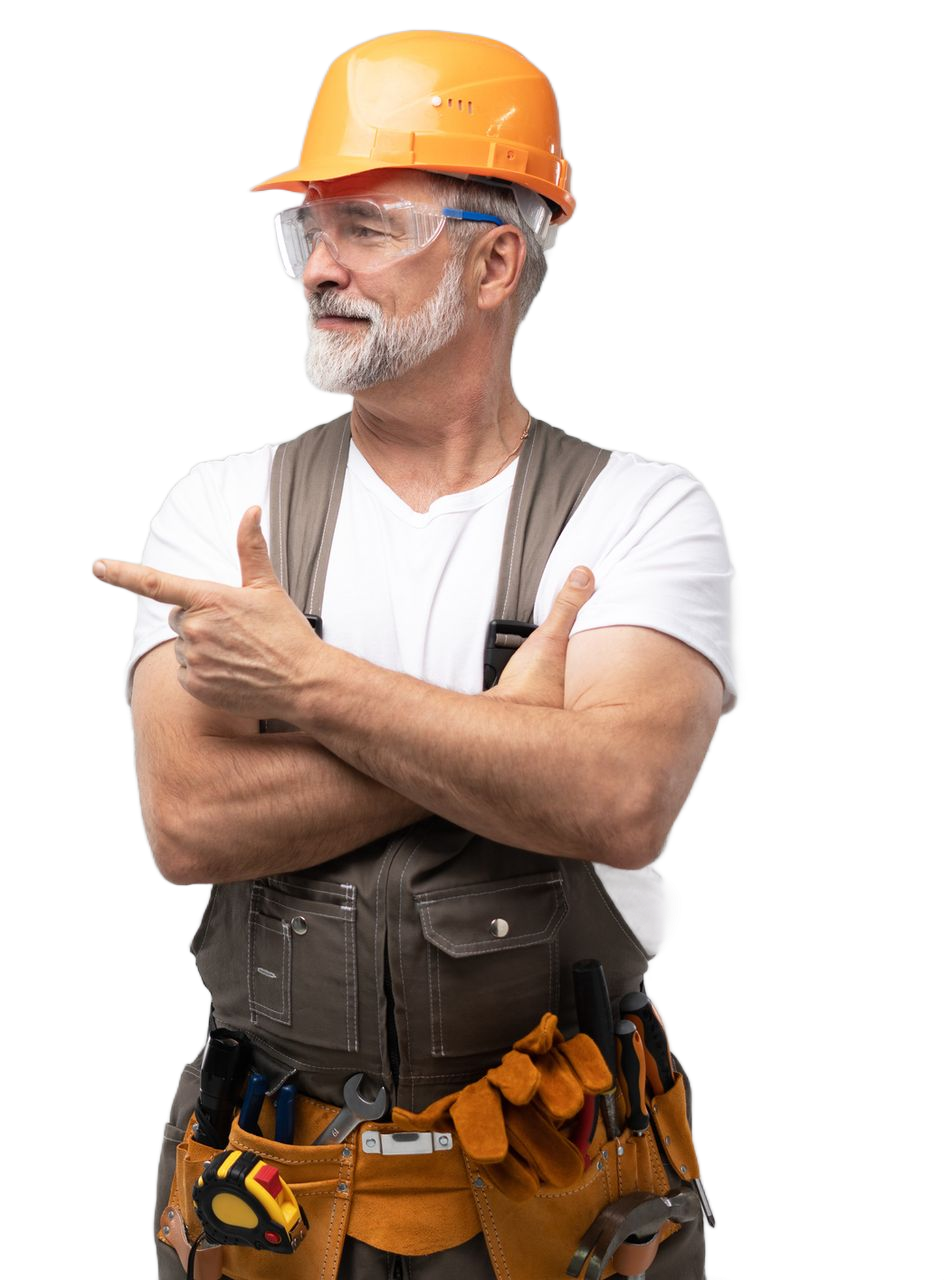
Still have questions?
Can’t find the answer you’re looking for? Please chat to our friendly team!
Contact Us
Phone
Location
